
Cantley Park Interactive Play Space
CANTLEY PARK INTERACTIVE PLAY SPACE CANTLEY PARK INTERACTIVE PLAY SPACE THE BRIEF: The council was committed to creating a new destination play area on site
True natural play is not as simple to design in suburban spaces and cities, the landscape becomes more challenging as space becomes a premium. We must also recognise that the ideology of children playing in nature in a free and wild way will always be offset by economic restrictions as well as maintenance, social aspects such as crime and other socio-economic issues.
– Sticking to the formula: LAP/LEAP/NEAP
– Strict maintenance regimes with low budgets
– Landscaping, planting and trees aren’t seen as offering play value
– Procurement methods that measure ‘bang for buck’ in terms of play equipment, but not to soft landscaping.
– Perceived risk in delivering natural play
– Vandalism more likely in urban spaces offering natural play
– Steel offers low maintenance/low problems – True or False?
False, and we have the proof to show this, click here to see examples of annual maintenance costs for timber projects.

– Changing levels
– Utilising planting
– Creating spaces to ‘breathe’ we don’t need to cram a play space full of equipment – even if that’s how procurement measure best value!
– Design interventions that spark interest in what is already there
– Promoting planting as a method to offer greater play value and learning experiences as well as contributing to the greening of a neighbourhood






When Jupiter Play began working more with natural play sites we felt it was important to engage Landscape architects and recruited from masters degrees at Sheffield University and Edinburgh University.
We wanted the environment and the landscape to lead designs, not the products. The square peg/round hole syndrome that some play companies have adopted – packing sites with designs and equipment that doesn’t compliment the site has done the industry damage. However, there is a huge amount of knowledge within the industry around the products and why it is designed in such a way and how it helps children’s development that has been overlooked because of this.
We will never and have never designed two sites the same way, every single site is individual, whether it is in a forest or a housing estate and should be designed as such.
We have several fantastic examples of natural play in many different environments:
Green space within housing – Houlton Fields
Natural and inclusive (click for the site tour) – Harwoods Adventure Playground
Scheduled Ancient Monument: utilising the landscape – Abbey Park
Playful Classroom – King Alfred School
Natural play can be delivered in most areas, we just need to balance the needs of the community with the choice of timber and play values. We have a job to reconnect children with nature and this can only be done by enhancing the natural environment with designs and pieces that connect with it.
Contact us today if you are looking to create a natural playspace for your community.

CANTLEY PARK INTERACTIVE PLAY SPACE CANTLEY PARK INTERACTIVE PLAY SPACE THE BRIEF: The council was committed to creating a new destination play area on site

Promoting Inclusivity in Public Parks and Outdoor Spaces A Call to our Clients In the realm of outdoor play and recreation, a profound shift in
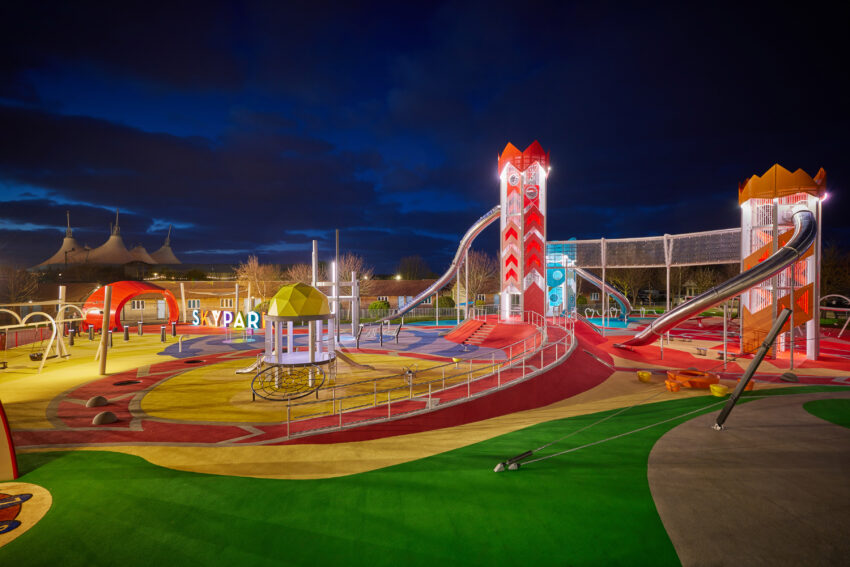
Introducing the UK’s most exciting playground… Jupiter Play & Leisure are delighted to have partnered with renowned holiday destination Butlin’s to design and
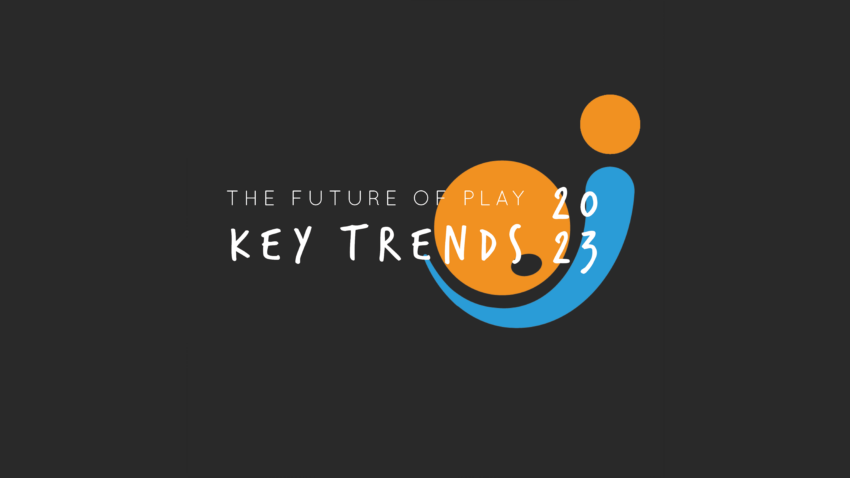
It is essential, now more than ever, to stay current on what trends are driving the future of play. Play is integral not only to
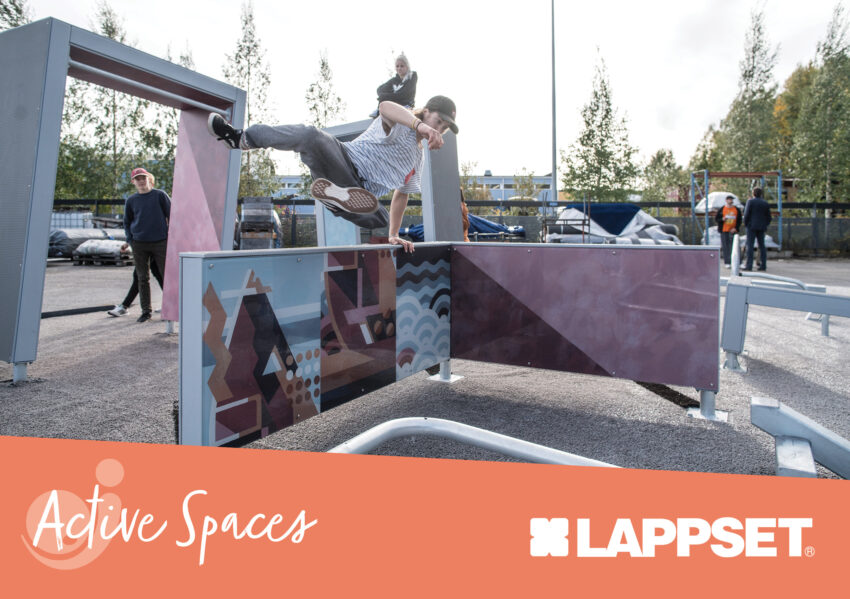
DESIGNING DASH PARKOUR: A HOLISTIC R&D-PROJECT Design is an empathic way of thinking and working, and in our field, designer is the cross-field intermediary who
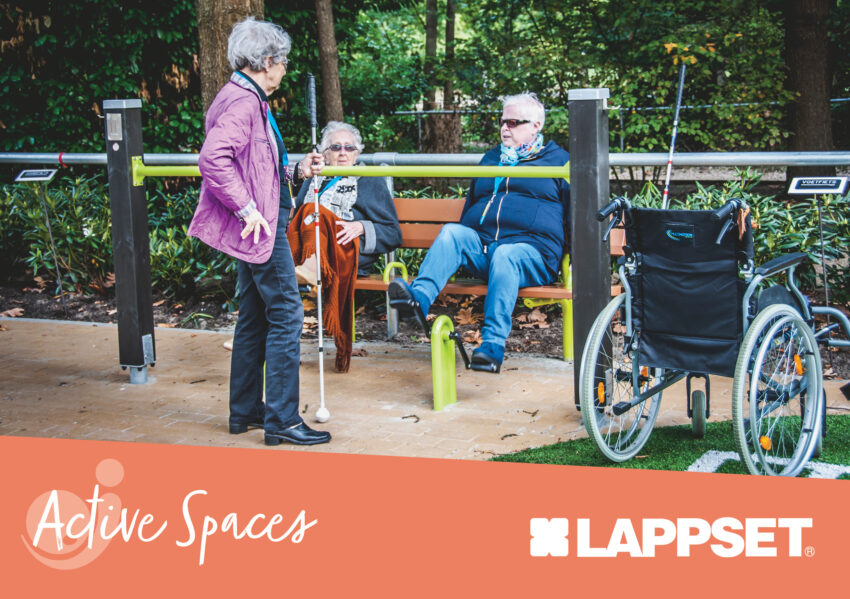
Landscape designer Arja Paula speaks about aspects to consider when designing a Senior park. I prefer the term senior park because it is more of
Nottingham
The Coach House
2 North Road
West Bridgford
NG2 7NH
Edinburgh
9 Ainslie Place
Edinburgh
EH3 6AT
Sign up to our newsletter to keep up to date with all things play and innovation.
Accreditations




The Coach House
2 North Road
West Bridgford
NG2 7NH
9 Ainslie Place
Edinburgh
EH3 6AT
Sign up to our newsletter to keep up to date with all things play and innovation.
The Coach House
2 North Road
West Bridgford
NG2 7NH
9 Ainslie Place
Edinburgh
EH3 6AT
Sign up to our newsletter to keep up to date with all things play and innovation.